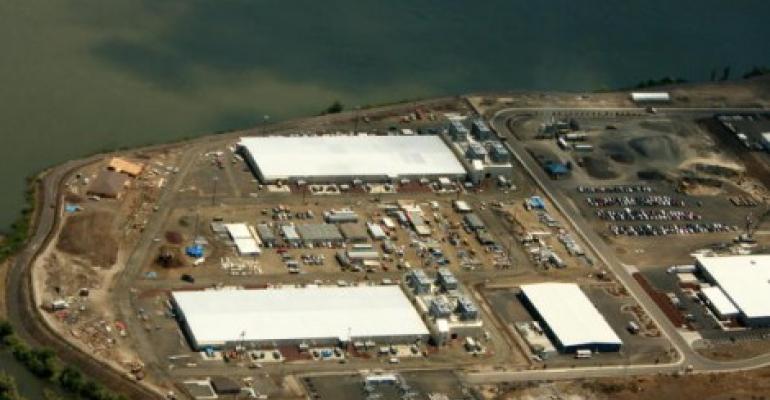That’s the question a recent article in the New York Times asks. The conclusion is “negative.” While local officials often tout these projects as a way to boost rural economies that have been suffering as a result of the loss of manufacturing jobs, nobody can really claim that a data center, no matter how large, can offer anywhere close to the amount of jobs a textile or a furniture factory does.
There are other economic benefits, such as taxes on the enormous electricity and equipment purchases companies make for these facilities. But those benefits are often diminished by tax breaks local and state governments offer companies to lure their big data center construction projects in.
Yes, tax breaks expire over time. Also, it’s not uncommon for one major data center build to put a rural community on the map and attract more construction by other companies. Prineville, Oregon, is a prime example, where a data center built by Facebook was followed by a data center built by Apple.
These campuses also expand over time. A company like Google may spend several hundred million dollars to build the first data center in a town, spend another several hundred million on an expansion a few years later, and so on. Every phase creates lots of temporary construction and engineering jobs.
Those long-term benefits, however, don’t seem to be persuasive enough to overshadow the fact that a data center requires very few permanent full-time workers for day-to-day operation. Any economic development initiative is scrutinized by the public first and foremost in terms of how many jobs it will result in, and data centers don’t look very attractive if viewed through the jobs lens alone.





